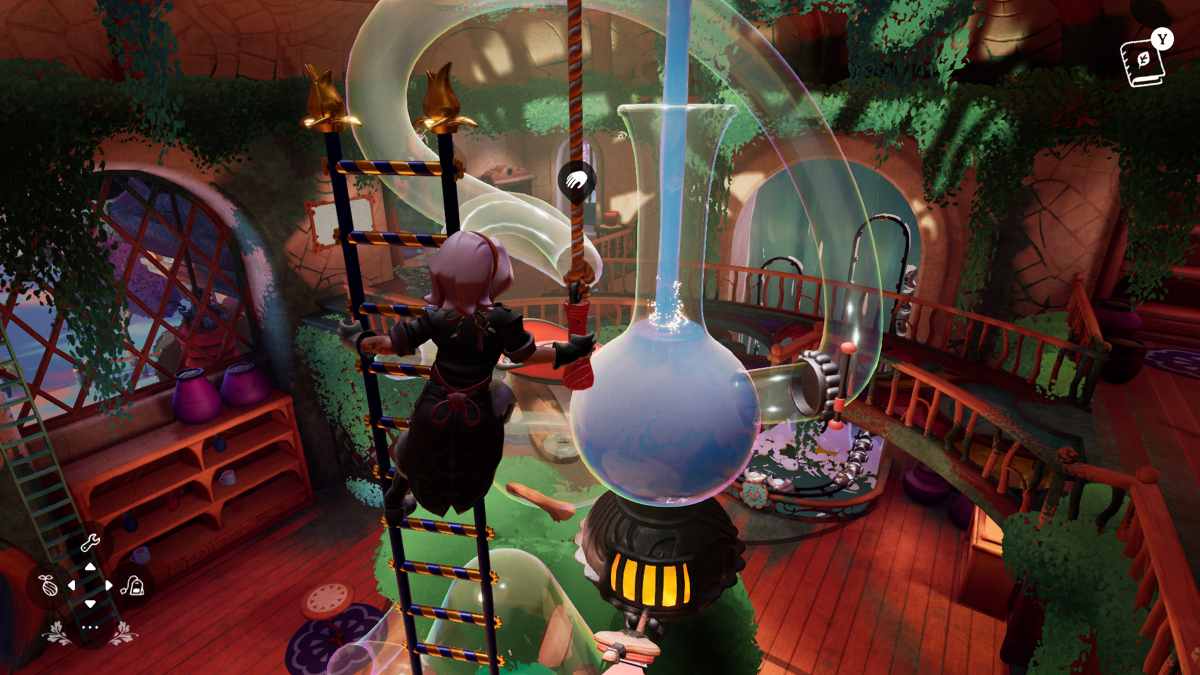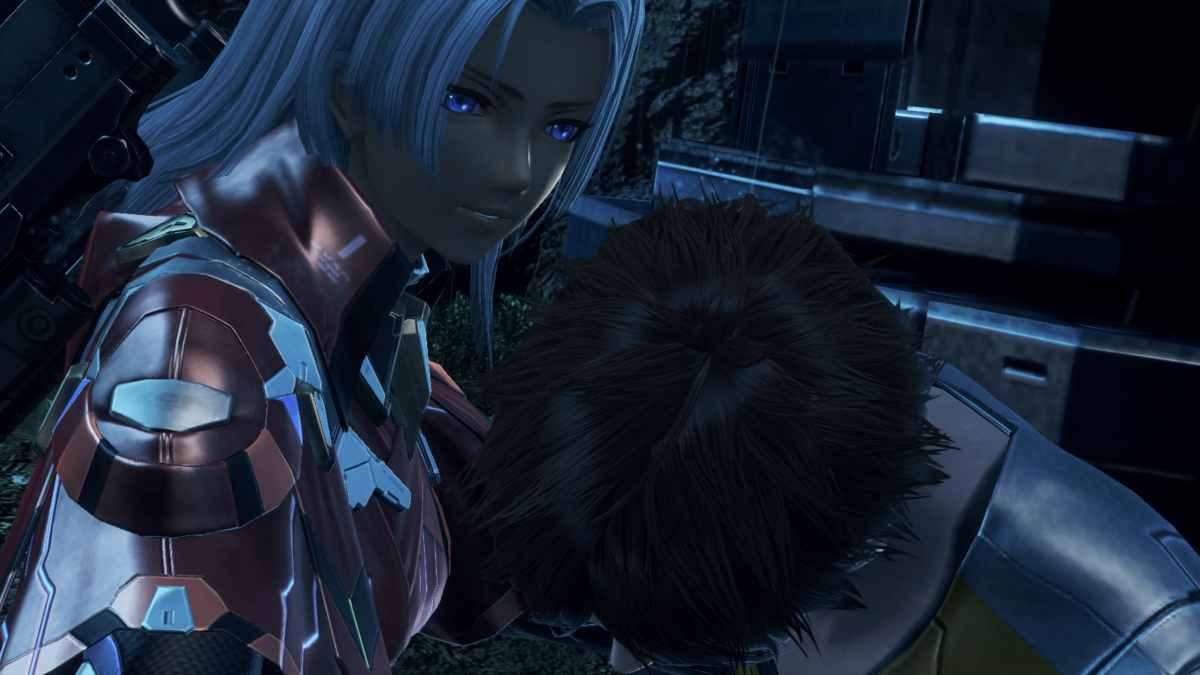The Summit 3 is over. Let the prognostication begin!
The climactic regular event is in the books, but the lessons learned from patch 6.84’s first LAN are just beginning to surface. Here’s a look at what Team Secret’s win, 30-minute contests, and playing one week after significant game changes means in the grand scheme of Dota.
The game has changed
Patch 6.83 was Valve’s homage to patience. The farm parties and three-hour contests made scoreless soccer feel like a fifteen-minute nap by comparison.
Patch 6.84 is its antithesis.
Whatever Dota you knew before is gone. Dota2.exe cannot be found. This new animal is fast-paced, unforgiving, and snowball-y (arguably to a fault). Gone are the days of 50-minute farm-offs between hyper-carries. In its place, it’s the age of hyper-aggressive supports, concerted, early-game five-on-fives and 15-minute defeats for any squad silly enough to think the old ways still work.
Ironically, it was Evil Geniuses defeat in the grand final that most thoroughly demonstrated just how much the game has changed. No one looked worse on day one than the Boys in Blue, and only one squad looked better in the closing match. In short, Evil Geniuses adapted, but Team Secret was ready, and that small difference in preparation is all it took to turn games three and four of the championship into unmitigated romps.
China is on notice for its slowly-developing gameplans—a fact that would have seemed laughable with Invictus Gaming and Vici Gaming hitting their stride just three weeks ago. Evil Geniuses needs to adapt its patient play to the frenetic new pace. As for Team Secret…
It’s a good time to be Team Secret
There’s little argument that Secret looked top-to-bottom the best side at The Summit 3. The squad entered the game with picks primed for the new meta and an understanding of patch 6.84’s fortuitous gold distribution that few others could claim. But that was only half the story.
For Artour “Arteezy” Babaev, Dota 2‘s fresh new coat of paint is a dream come true. The carry maestro’s sometimes questionable penchant for over-aggression is no longer a detriment to the International contenders. With gold filling the coffers of teams with early kills, his “kill-first, ask questions later” approach suddenly looks like a sure path to victory when paired with aggressive support play.
As for takeover carries Gustav “S4” Magnusson and Ludwig “Zai” Wahlberg, the news is just as rosy. With Secret’s support staff constantly roaming for ganks, and both Swedes’ incisive aggression paying dividends, the snowball quickly gains momentum for Team Secret in patch 6.84.
Furthermore, Secret’s support staff finds itself in its element with Dota‘s newest changes. Early, concerted pushes reward the aggressors in spades, and Clement “Puppey” Ivanov’s trademark Enchantress and Chen give Team Secret all the pushing power it could want. Combined with solid-as-a-rock contributions from Kuro “Kuroky” Takhasomi and it’s difficult to imagine many teams beating the European power at the moment.
Every patch favors different styles and heroes and for Team Secret, patch 6.84 is a best-case scenario. There’s no doubting the prowess of their drafting at the moment, but Dota‘s dramatic changes feel tailor-made for the two-time LAN winner.
Post-patch tournaments are what they are
When professional basketball players take the court, they know several things for certain. The court is the same size, their teammates are the same height they were one week ago, and the ball, rim, and shotclock remain unchanged. Esports competitors cannot claim the same luxury.
There’s little to take away from Secret’s dominating win at The Summit 3, but post-patch tournaments are what they are. The tournament’s average game time barely crept over 30 minutes, and that one stat told the whole story: some teams got patch 6.84, some did not.
Overall, it’s up to teams to adapt as quickly as possible to the changing meta-game. However, it’s not always that simple. Game patches change hundreds of variables with the flip of the switch, and the resulting effects are difficult to perceive without extensive play testing.
I’ve never felt adaptation was a positive part of esports. If anything, it’s an unfortunate consequence of the challenges of game balance. Additional side-effects include run-over games, runaway series, and weeks of uncertainty as teams adjust. What these changes mean for the International is even harder to predict from one weekend of hit-or-miss matches. Until then, The Summit 3 was what it was: a series of hit-or-miss drafts that Secret played like a Yo-Yo Ma on crack cocaine.
Image via Valve












Published: May 18, 2015 01:44 pm